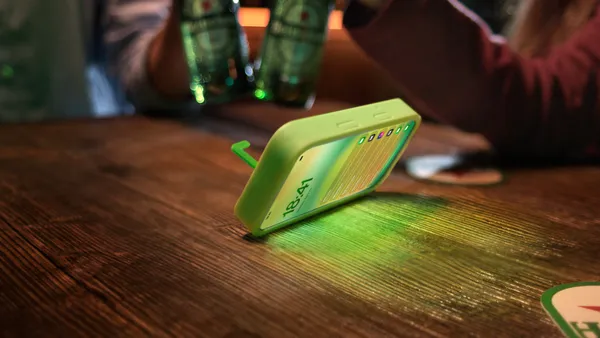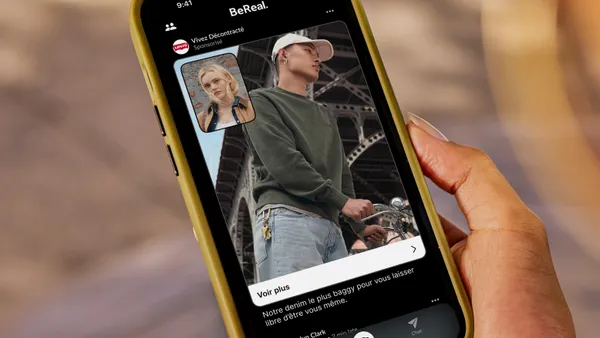Brief:
- Apple this week will reportedly debut tools to let two iPhone users share augmented reality (AR) experiences while limiting the personal data sent to its servers, unnamed sources told Reuters. This shareable AR feature would let two or more mobile users see the same digital images overlaid on a real background.
- Apple designed its two-user system to work phone-to-phone in an effort to allay privacy concerns, unlike Google's similar shareable AR that requires the camera scans of a user's environment to be stored in the cloud.
- Exact details of how Apple's system will work, or if it will support three or more players, were not available at press time, though Reuters' unnamed sources predict the announcement will be made at Apple's Worldwide Developer Conference in San Jose, California, this week.
Insight:
Shared AR could have several applications, such as letting two or more people decorate a home together on two screens before buying furniture or artwork. The technology could also allow marketers to learn more about consumers, including what products people already have in their homes or businesses, how they get around, where they hang out and with whom they make purchases. While the immersive tech hints at significant marketing opportunities, brands will likely still battle plenty of friction and challenges in the year ahead as the tech grows in sophistication and mobile users become more comfortable with the features.
AR is shaping up to be one of the key battlefields in the war between Apple and Google, and the differentiation in shared AR tech could come down to how personal data — currently a hot topic across the globe — is used to generate those immersive experiences. Apple is expected to announce that the mapping scans of a smartphone user's surroundings will only be kept on local devices, not uploaded to a data center where it can be analyzed through the cloud. In comparison, Google said it discards the raw mapping data after seven days, a period that gives the company plenty of time to scan the data and learn more about Android users while also somewhat protecting their data from potential hackers.
Now, the key question for Apple will be how its phone-to-phone approach tackles technical limitations, such as when a person who initiated the AR experience drops out while other person is still utilizing it. Google handles this by uploading the scannable data to the cloud, where it's translated into computerized representation of the area.
Both Apple and Google have released software development tools that urge app designers to adopt their platforms with the nascent technology. Apple's expected announcement follows Google's introduction last month of a similar technology for collaborative AR experiences. Previously, Apple rolled out ARKit, showcasing how companies could use the platform for product demonstrations, design, gaming and education, a release that prompted Google to create a rival technology, ARCore, for Android app development.














